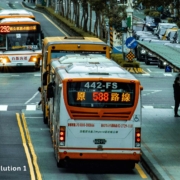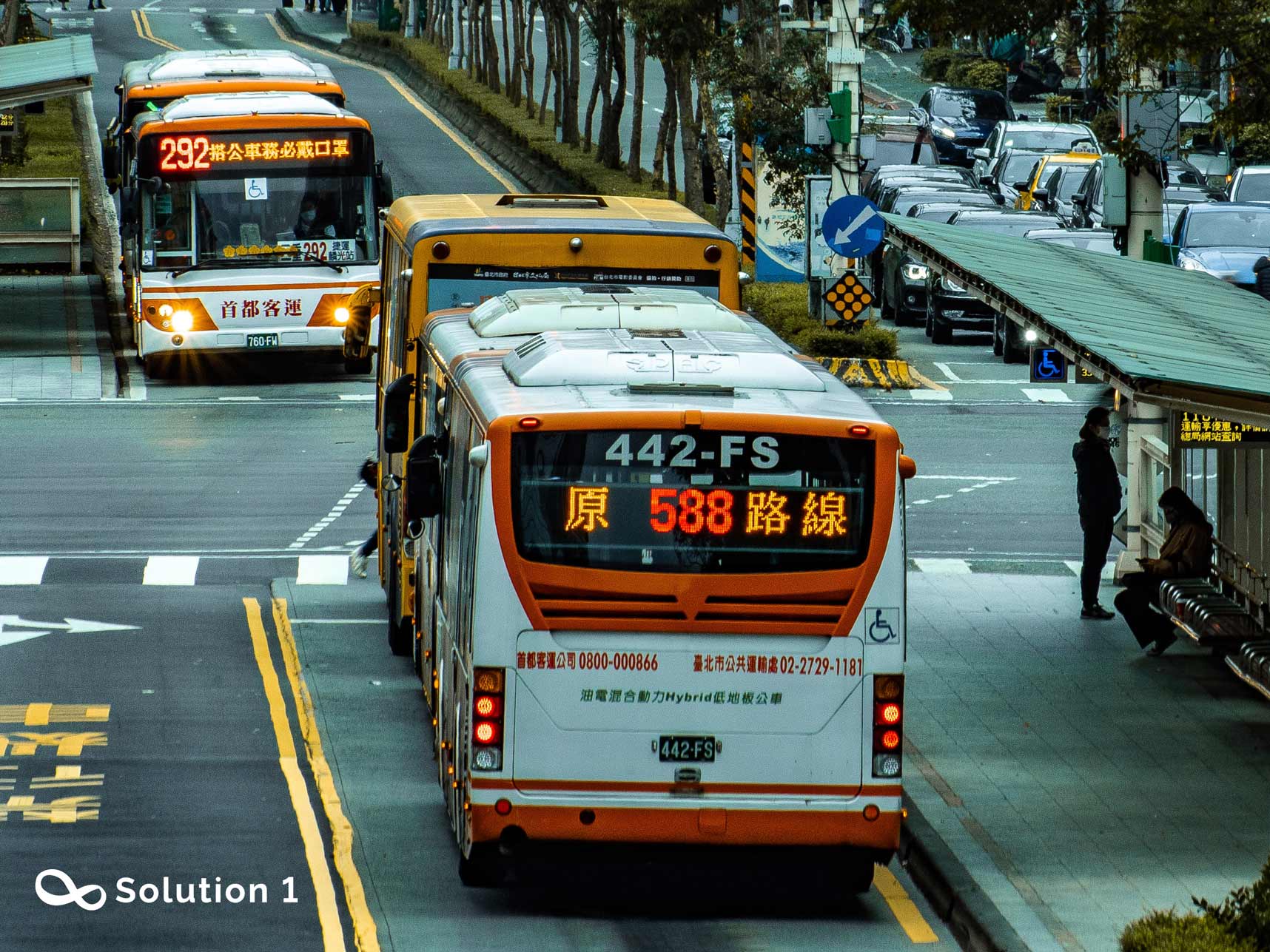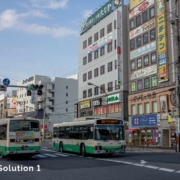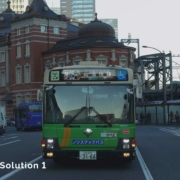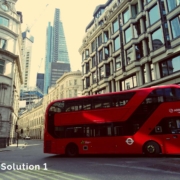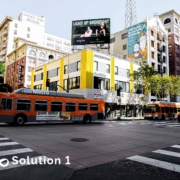Companies in public transportation face considerable challenges when deploying electric buses for their daily services.
- Electric buses have much shorter ranges compared to traditional diesel buses due to their restricted battery capacities.
Buses account for only a small number of all the vehicles on city roads, but their emissions take up a much higher portion of the total road emissions owing to their long operation time and distance. With increasing eco-awareness around the globe, electric buses are regarded as an effective solution to reduce urban air pollution and greenhouse gas emissions. In recent years, e-buses are increasingly introduced into the transit systems with local government support.
Many public transport systems are locked into conventional ways of operating, with each vehicle running multiple routes with little slack in schedules. With electric buses, operation and scheduling become more difficult since they have limited range and less route flexibility.
The limited battery range might not make it suitable for high-demand traffic and can create a need for extra buses, hence increased costs. Adding top-up charging on the other hand locks buses into routes, and requires extra time for charging which might not fit into the current schedule and can also create a need for more buses.
To address operation and scheduling problems, it is important to consider local circumstances carefully when choosing to charge infrastructure and routes, such as by first running demonstration plans, and tailoring operations planning for electric buses.
Key planning problems to be considered for the introduction of battery electric buses include two broad categories. Setting up the charging infrastructure aims at determining the locations of charging stations to be installed for the electrification of a single bus line, or a whole bus network with predefined bus routes, it represents a long-term planning problem. Scheduling electric buses, respecting their limited range and charging times, assigning electric buses to cover timetabled trips, to charge stations are already provided as power input.
- Scheduling of electric buses is the key item to operating a fleet of electric buses.
The replacement of diesel buses with electric buses is a great solution for environmental protection. However, electric transit buses have many advantages including High energy efficiency, cost-effectiveness, and low carbon dioxide emissions, a major issue for them is their limited driving range. The survey reveals that diesel buses in metropolitan zones can run for above 300 km but on the other hand contemporary, the electric buses can run 25 to 65% lesser than diesel buses i.e. between 70 – 200 km.
This makes electric buses challenging to function uninterruptedly devoid of re-charging, hence proper scheduling is of importance. Also, the Electric buses require approximately 2-3 hours, even more, to get completely charged from 0% SOC to 100% SOC, while diesel vehicles require much less time. This makes it important to have an optimized schedule for electric buses to provide proper service without compromising the operation and frequency of buses.
In the transit operation planning stage, electric bus scheduling aims to assign electric bus es to carry out timetabled trips on bus routes considering their charging demand. In addition, electric bus scheduling should also take local operational requirements into consideration to make applicable schedules. There is a common requirement is that long-distance non-service travel of the electric buses among bus terminals should be avoided as it requires a large amount of energy and is not cost-effective.
It is a suitable location that a depot with charging infrastructure is located close to the end terminal of the route. Thus, non-service travel incurred by electric bus is always a short distance, once the electric bus has a low battery state of charge after completing a trip at one of the terminals, it would head to the closest depot for charging.
Currently, the commonly adopted charging technologies include opportunity charging, depot charging, and battery swapping. Opportunity charging and depot charging are plug-in charging technologies that differ in the charging rates and charging locations. Opportunity charging utilizes high electricity power to restore the battery energy rapidly when electric buses are holding at the end terminals of the bus routes without incurring dead mileage; while depot charging uses a lower electricity power to restore the battery energy when electric buses return to the depots, and it usually takes several hours to fully charge a battery.

